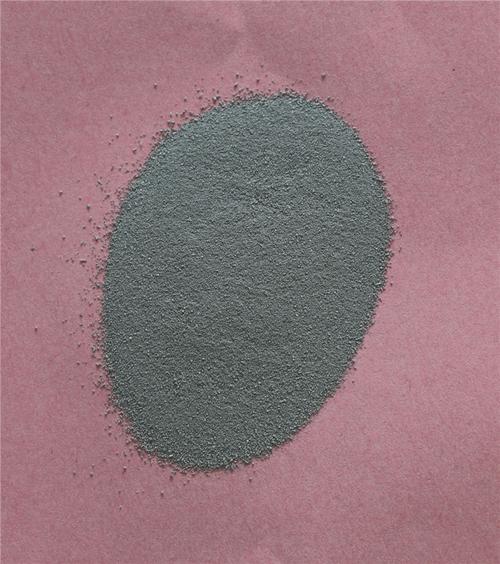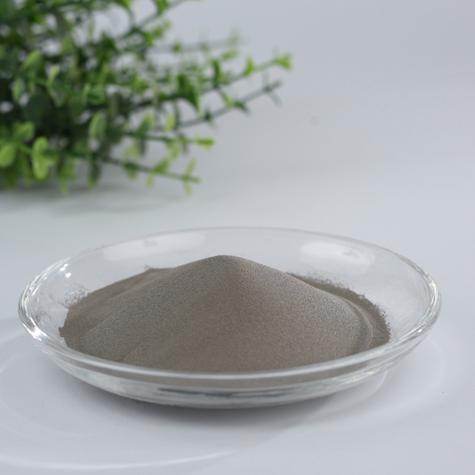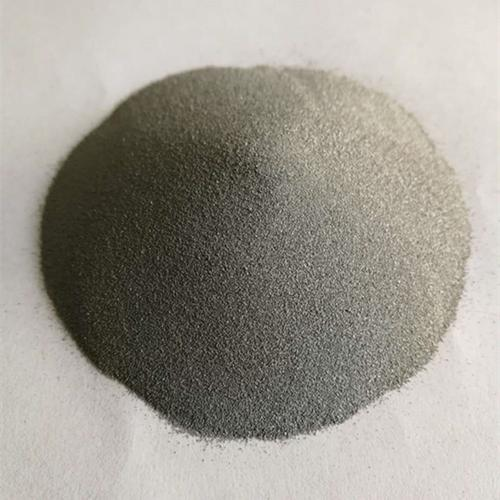**Title: The Hidden Truth About Metals in Your Cocoa Powder**
(What Is Cocoa Powder Metals Levels)
**1. What Are Cocoa Powder Metals Levels?**
Think about that rich chocolate cake or your morning hot cocoa. The key ingredient is cocoa powder. But cocoa powder isn’t just flavor. It can contain tiny amounts of metals. These metals come from the soil where cacao trees grow. They can also come from the equipment used to process the beans into powder. Metals like cadmium, lead, nickel, and sometimes arsenic are the main ones we talk about. “Metals levels” means how much of these metals are found in a sample of cocoa powder. It’s measured in parts per million (ppm) or parts per billion (ppb). This is very small, but it matters for safety. Understanding these levels helps us know if our chocolate treats are safe to enjoy.
**2. Why Should You Care About Metals in Cocoa?**
Metals in your food aren’t good news. Your body can’t easily get rid of heavy metals like cadmium and lead. Eating them regularly, even in tiny amounts, can cause problems. Cadmium builds up in your kidneys over many years. This can lead to kidney damage. Lead is especially harmful to children’s developing brains. It can affect learning and behavior. Nickel might cause allergic reactions in some sensitive people. Arsenic is a known poison. The goal isn’t zero metals – that’s impossible with natural products. The goal is keeping levels low enough to be safe over a lifetime of eating cocoa products. Knowing about metals levels helps you make informed choices. It pushes manufacturers to source cleaner beans and use safer processes.
**3. How Do Metals Get Into Cocoa Powder?**
Metals don’t magically appear. They start their journey in the soil. Cacao trees absorb minerals and water through their roots. If the soil has high levels of certain metals, like cadmium, the tree absorbs them. This is especially true in volcanic regions or areas with old mining activity. Lead often comes from outside contamination. Dust from polluted air or contaminated water used in processing can add lead. Once harvested, the beans are fermented, dried, roasted, and ground. Equipment made from certain metals, like older machinery or poorly coated grinders, can sometimes shed tiny metal particles. This adds nickel or other metals. The final grinding into fine cocoa powder doesn’t remove these metals. They become part of the powder you buy.
**4. How Are Cocoa Powder Metals Levels Measured and Controlled?**
Scientists use powerful tools to find these tiny metal traces. The main method is Inductively Coupled Plasma Mass Spectrometry (ICP-MS). This machine vaporizes the cocoa powder sample. It then measures the unique “fingerprint” of different metal atoms. It’s incredibly precise. Cocoa producers and food safety agencies test batches regularly. They compare results to safety limits set by groups like the European Food Safety Authority (EFSA) or the U.S. Food and Drug Administration (FDA). To control levels, farmers can choose low-cadmium soils or plant varieties that absorb less cadmium. Better processing equipment made from stainless steel reduces contamination. Careful washing of beans and good manufacturing practices are crucial. Testing throughout the supply chain ensures safety standards are met before cocoa powder reaches your kitchen.
**5. Cocoa Powder Metals Levels: Applications & Real-World Impact**
This isn’t just science talk. Metal levels have real effects. For chocolate makers, sourcing beans with low metal levels is vital. High levels might mean rejecting a batch of beans. This impacts farmers in producing countries. It drives efforts to map soil contamination and find safer growing regions. Food regulators use metals level data to set safety standards. These standards protect public health globally. For you, the consumer, this information might influence your choices. Some brands now test and publish their metals levels. Choosing dark chocolate or cocoa powder with lower cadmium might be wise if you consume it often. Understanding the risks helps balance enjoyment with safety. It highlights the need for sustainable farming and clean processing.
**FAQs About Cocoa Powder Metals Levels**
**1. Is cocoa powder safe to eat given the metals?**
Generally, yes. Strict safety limits exist. Major brands and regulators test constantly. Cocoa consumed in normal amounts (like in baking or a daily drink) is considered safe for most people. The risk is from long-term, high consumption exceeding safety limits.
**2. Are some types of cocoa powder lower in metals?**
Sometimes. Cocoa from certain regions (like West Africa) might naturally have different levels than South American cocoa. Processing methods matter too. However, it varies greatly by specific farm and processor. Reputable brands aiming for low levels are your best bet. “Natural” or “raw” doesn’t guarantee lower metals.
**3. Should I stop eating dark chocolate?**
Not necessarily. Dark chocolate has health benefits. It also has higher cocoa solids, meaning potentially more metals per serving compared to milk chocolate. Enjoy it, but perhaps not in huge amounts every single day. Moderation is key. Check if your favorite brand publishes test results.
**4. What about cocoa in baked goods or ice cream?**
The amount of actual cocoa powder in a cookie or scoop of chocolate ice cream is usually small. The metals are diluted. The risk from these products is much lower than from eating plain cocoa powder or large amounts of dark chocolate daily.
**5. How can I reduce my exposure?**
(What Is Cocoa Powder Metals Levels)
Choose brands known for quality and transparency. Vary your diet – don’t rely solely on cocoa products. If you consume a lot of cocoa or dark chocolate, consider spacing it out rather than eating large amounts daily. Look for information from consumer groups testing chocolate products for metals.
Inquiry us
if you want to want to know more, please feel free to contact us. (nanotrun@yahoo.com)


